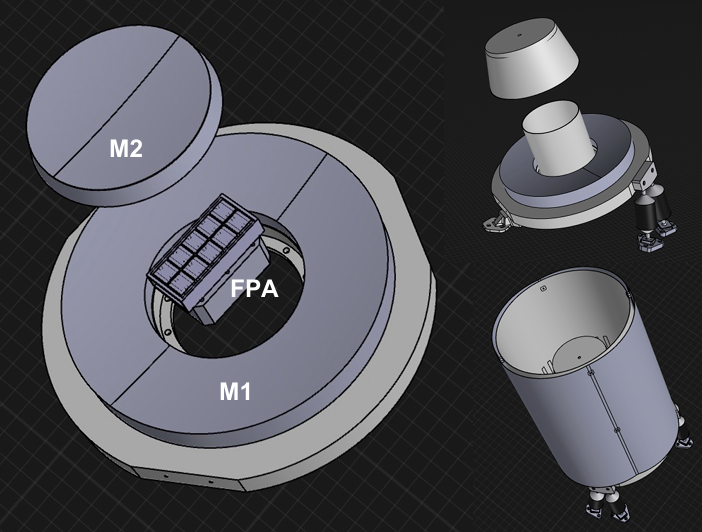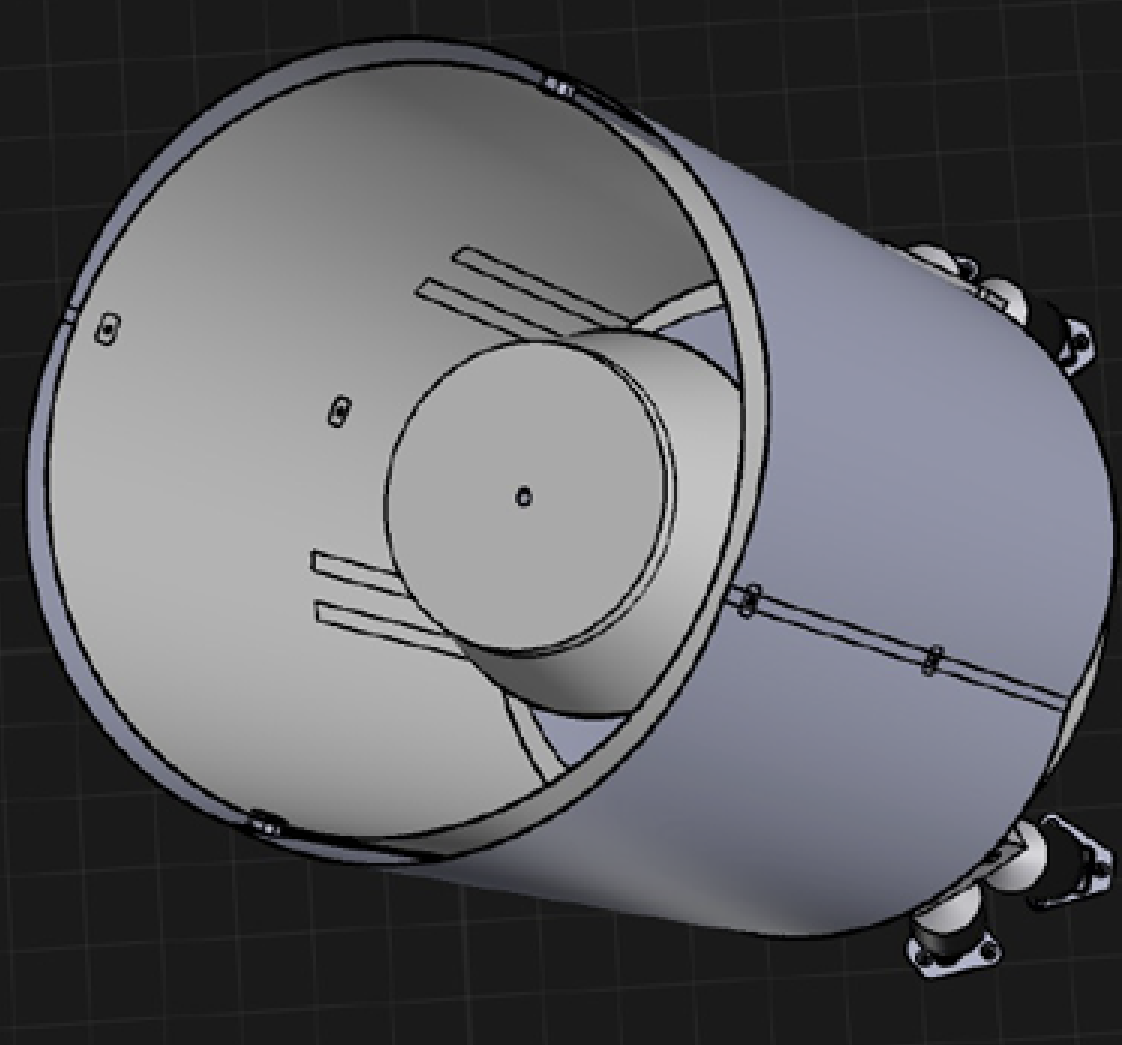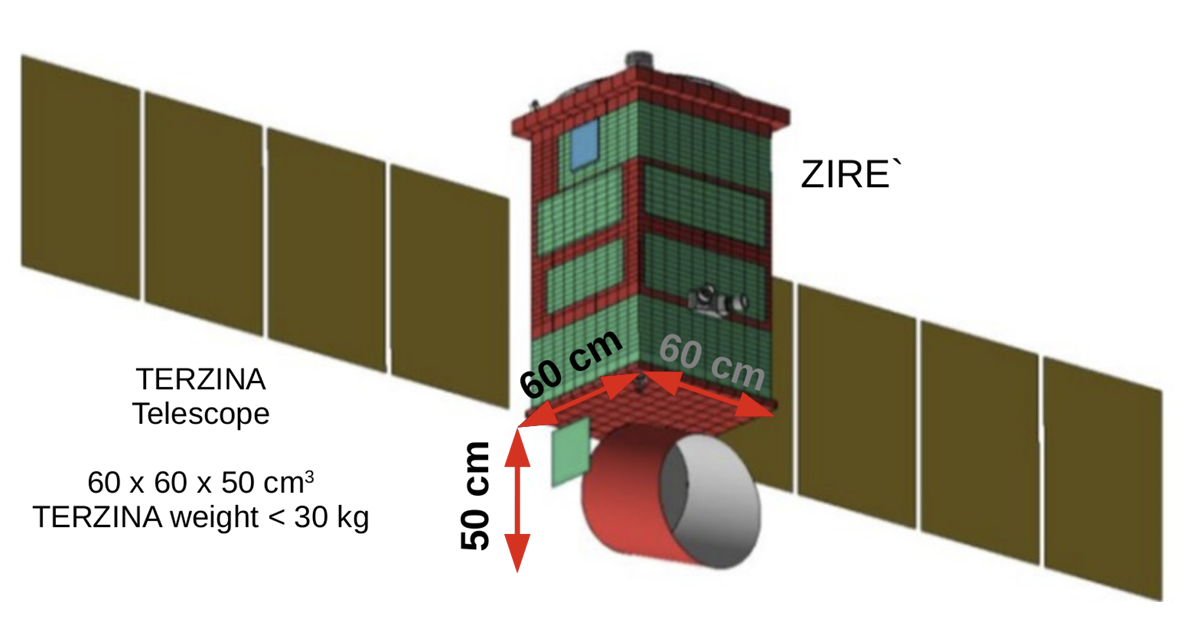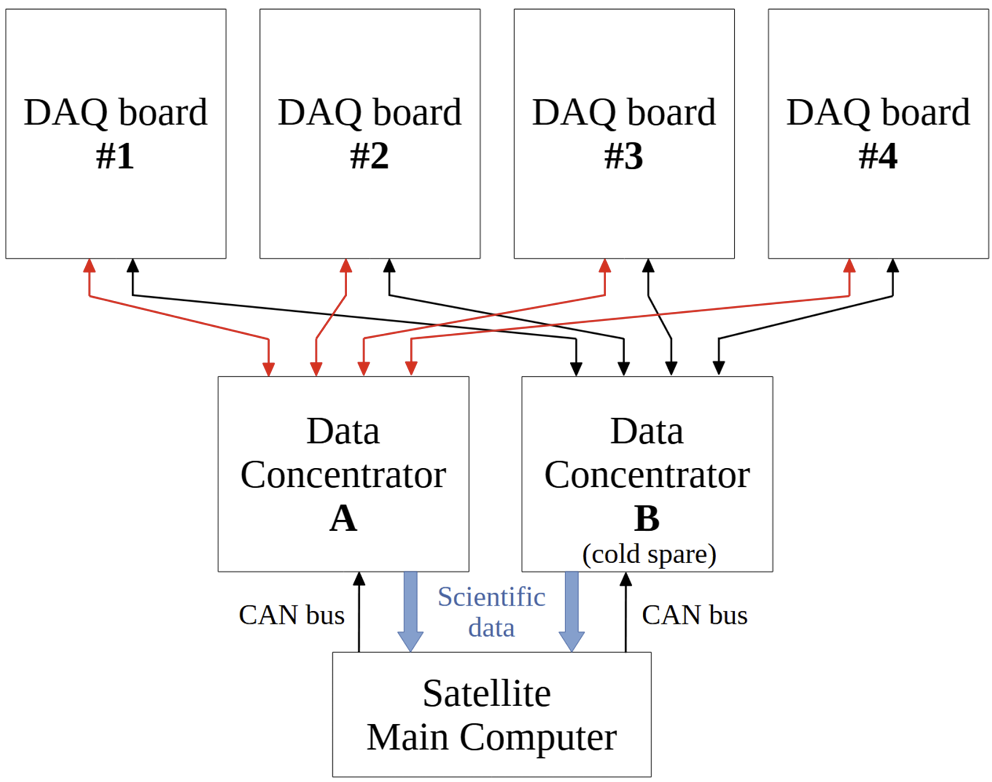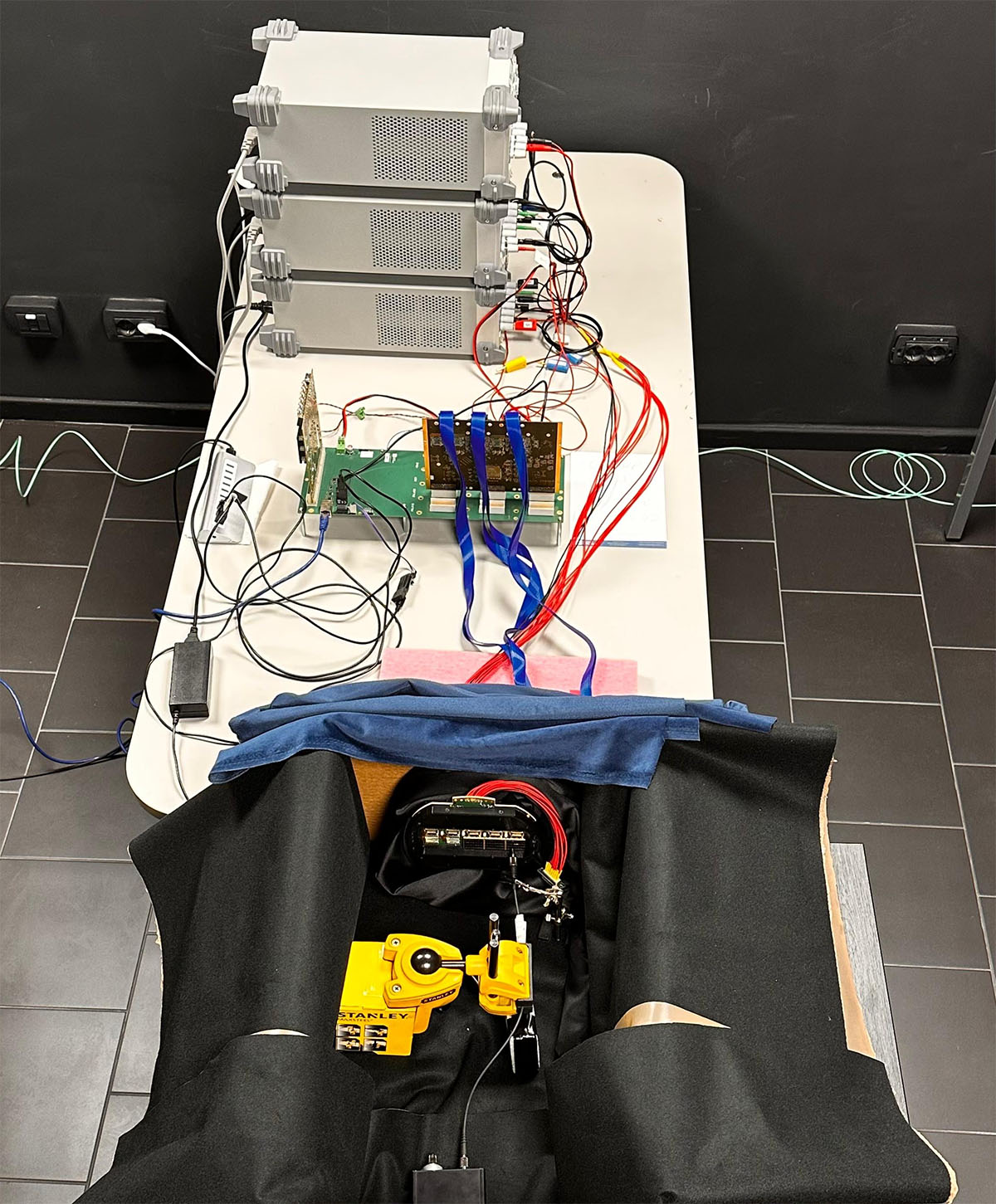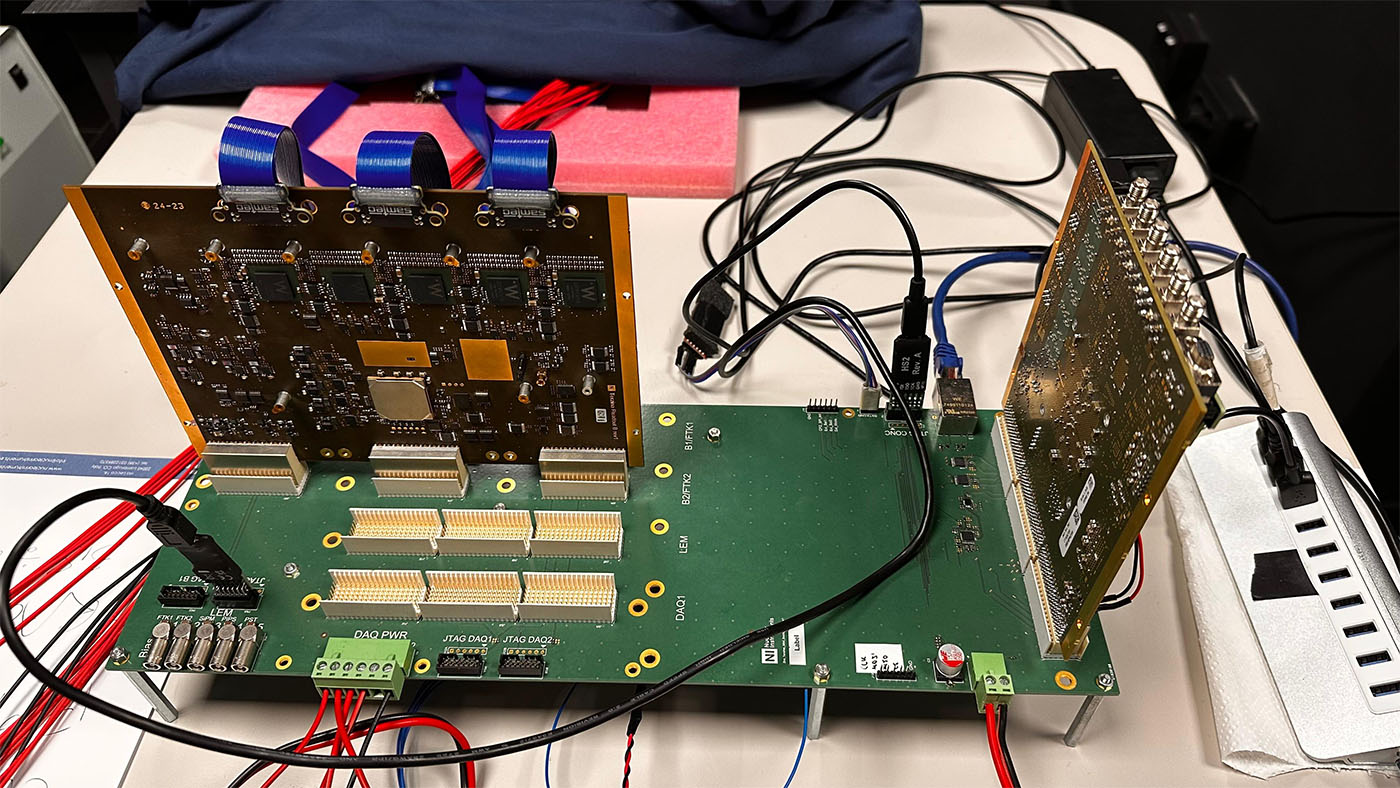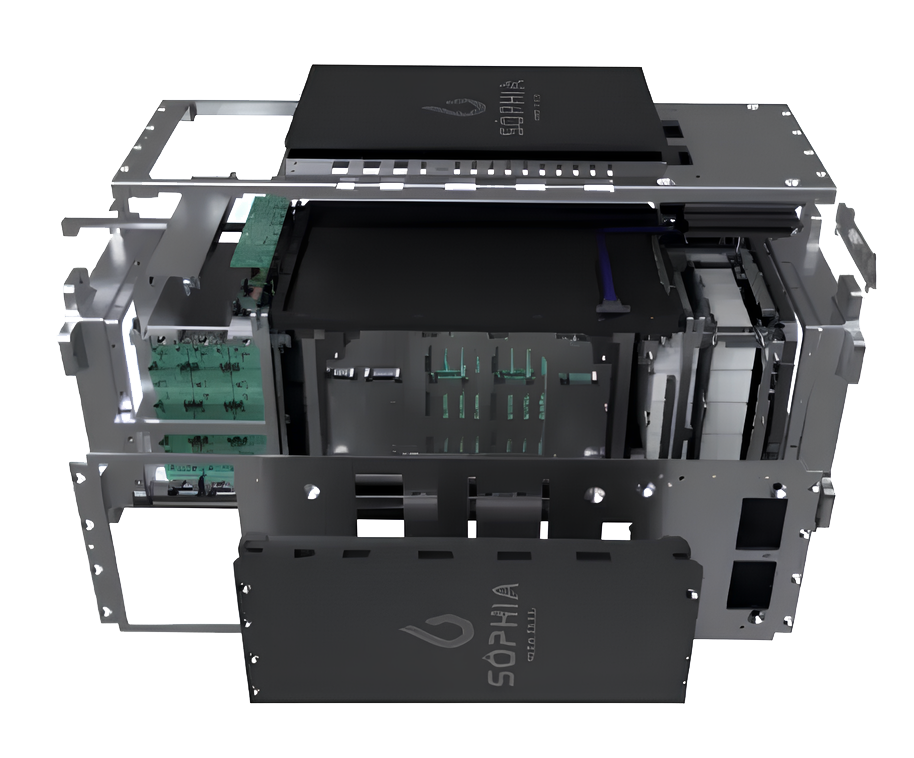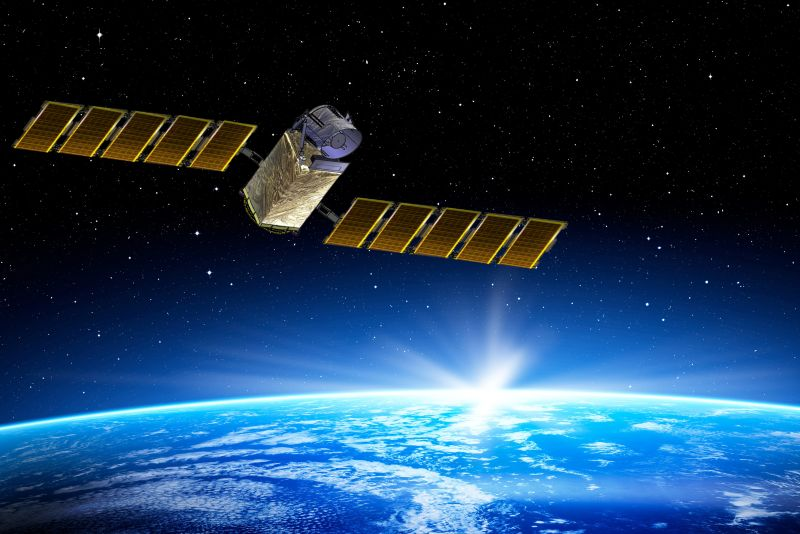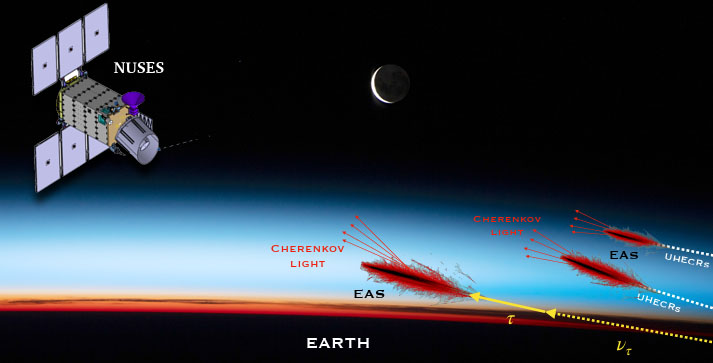
About the Project
Terzina is one of the two scientific payloads aboard the Italian NUSES satellite. It is a compact, space-based telescope designed to detect Cherenkov light from Extensive Air Showers (EAS) initiated by Ultra-High Energy Cosmic Rays and neutrinos. Featuring a Schmidt-Cassegrain optical system and a Silicon Photomultiplier (SiPM) camera, Terzina integrates a custom front-end and DAQ architecture capable of high-speed, low-power acquisition and real-time triggering in low Earth orbit.
-
Date
May 2025

Nuclear Instruments
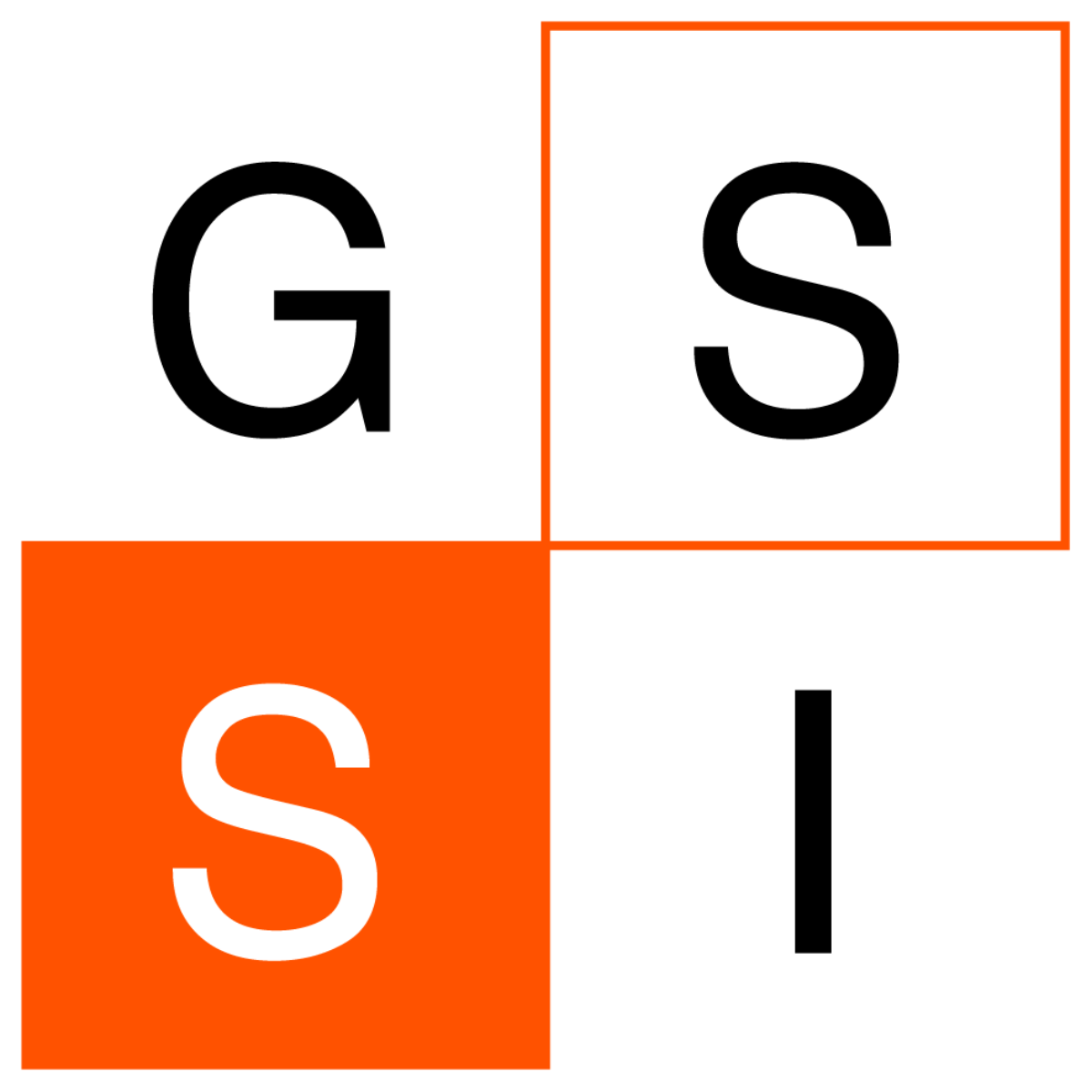
GSSI - Gran Sasso Science Institute

INFN - Istituto Nazionale di Fisica Nucleare

Dipartimento di Fisica - Universitá di Trento
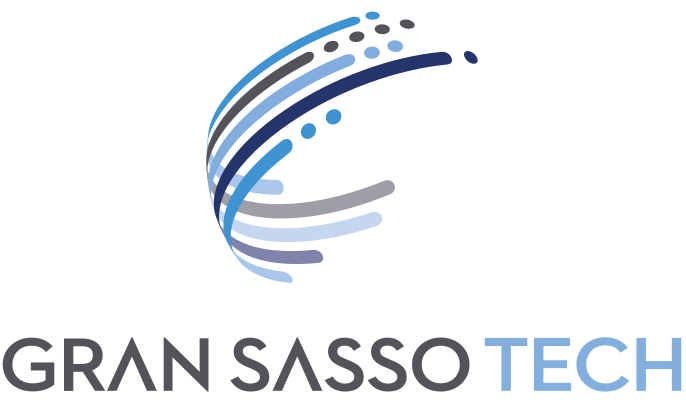
Gran Sasso Tech, L’Aquila

Fondazione Bruno Kessler
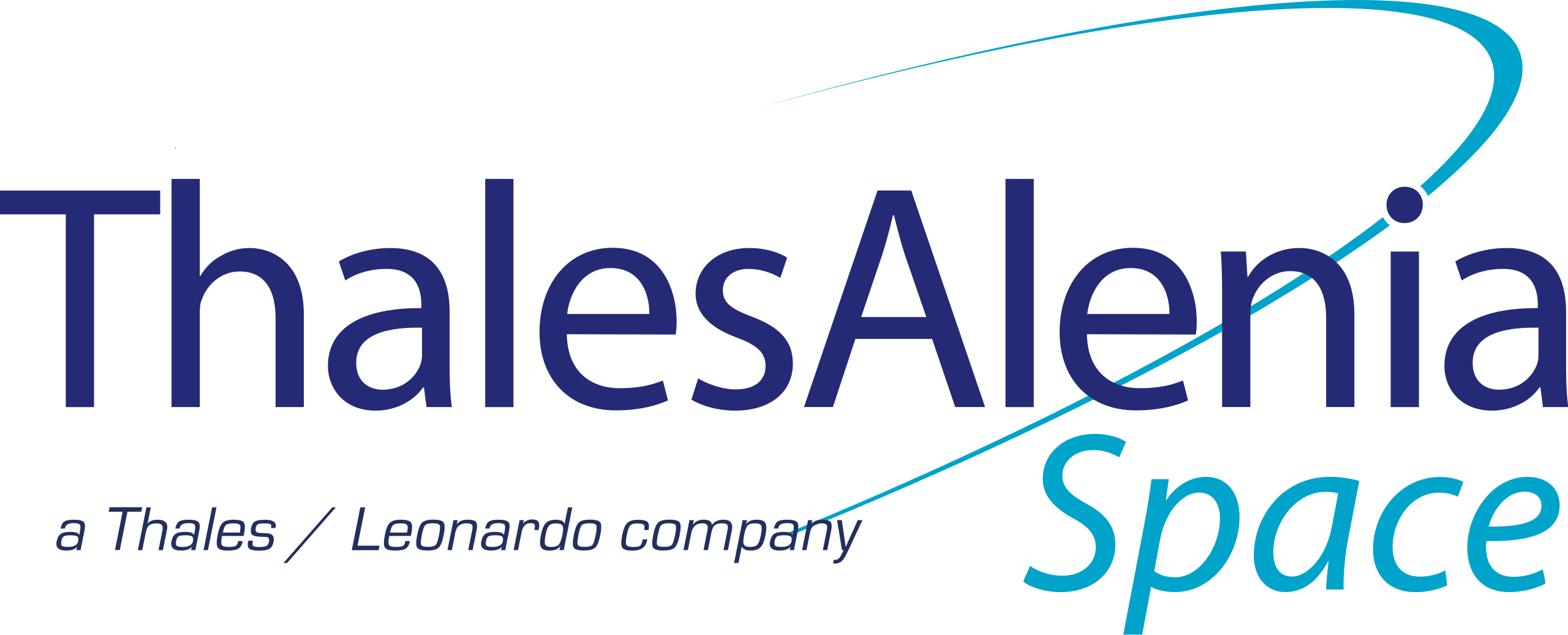
Thales Alenia Space
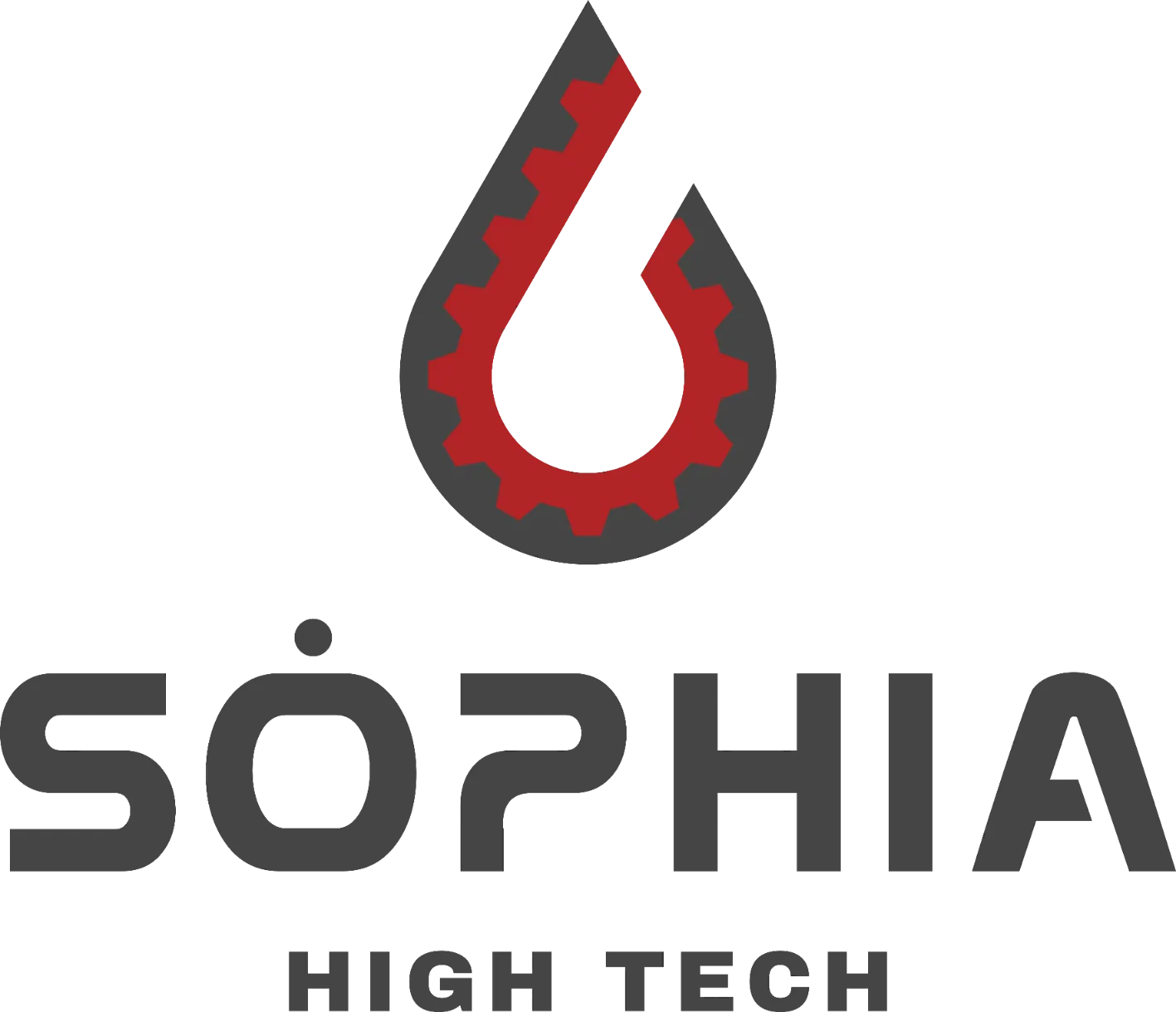
Sòphia High Tech S.r.l.
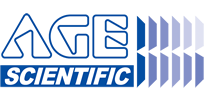
AGE Scientific SRL
Introduction: Terzina and the NUSES Mission
Terzina is a pioneering optical telescope payload aboard the Italian NUSES (Neutrinos and Seismic Electromagnetic Signals) satellite, designed to detect the Cherenkov light emitted by Extensive Air Showers (EAS) initiated by Ultra-High Energy Cosmic Rays (UHECRs) and Earth-skimming neutrinos. Its unique vantage point in low Earth orbit (LEO) allows the telescope to observe the Earth’s atmosphere along the night-side limb, a favorable geometry for capturing EAS from both above and below the limb.
With a Schmidt-Cassegrain optical system, a high-sensitivity SiPM-based Focal Plane Assembly, and a tightly integrated low-power DAQ architecture, Terzina acts as a technology pathfinder for future space-based missions.
Our Contribution: DAQ Design, Firmware and Space Qualification
Nuclear Instruments has been responsible for the complete design, implementation, and qualification of the Terzina data acquisition system as part of the NUSES mission. Our main contributions include:
- Design and production of the DAQ boards, including analog front-end, Citiroc-based readout, ADC interface, and FPGA logic
- Development of the FPGA firmware, implementing:
- Real-time trigger logic with single-pixel and coincidence strategies
- Dynamic threshold adaptation to handle varying background and SiPM DCR
- Night Sky Background (NSB) estimation in real time
- Event serialization and transmission to the Data Concentrator
- Flight qualification of the electronics, with environmental testing and EMC shielding validation
- System-level integration of the Terzina instrument into the NUSES satellite, including interfacing, power budget alignment, and protocol validation
Optical System and Focal Plane Design
Terzina features a dual-mirror optical head unit with a corrector lens, achieving a focal length of 925 mm within a compact envelope. The focal plane consists of 10 SiPM arrays of 64 pixels each (8×8), arranged in two rows to distinguish between above-limb and below-limb events. Each 3×3 mm² pixel corresponds to a 0.18° field of view, giving the full camera an observational footprint of 360 × 140 km² on the atmosphere.
The SiPMs, developed by FBK, are based on NUV-HD-LowCT or NUV-HD-MT technology, optimized for near-UV light. Key parameters include:
- Dark Count Rate (DCR): ~100 kHz/mm²
- PDE: >50% in the 320–550 nm range
- Afterpulsing/Crosstalk: <10%
- Recovery time (τₛ): ~40 ns
DAQ and Front-End Electronics Architecture
The data acquisition system (DAQ) of Terzina is engineered for radiation tolerance, low power consumption, and high event rate handling. Each SiPM module is read out by a dedicated Application Specific Integrated Circuit (ASIC), based on Citiroc 1A, which offers:
- Dual-gain preamplification chains (Low/High gain)
- Adjustable shaping times (12.5–87.5 ns)
- Peak detection and Sample & Hold modes
- Per-channel programmable bias via internal DACs
- Analog output to differential ADC interface
Each DAQ board integrates:
- 5 Citiroc 1A ASICs (320 channels total)
- A Xilinx Artix FPGA
- Dual 14-bit ADCs operating at ~4.2 MSPS per channel
- Custom firmware for hit-map recognition, real-time triggering, and data serialization
The event building and trigger logic reside in a downstream Data Concentrator, implemented on a System-on-Chip FPGA (Quad-Core ARM + logic), which manages:
- Redundant interfaces to DAQ boards
- Event buffering and compression
- Reconfigurable thresholds for adaptive trigger sensitivity
- Total telemetry budget of 45 Gbit/day, allowing ~120 Hz event rate during science mode
Trigger Logic and Background Management
The trigger architecture balances sensitivity and data throughput constraints:
- Single-pixel threshold triggers set for early calibration and rare-event capture
- Coincidence triggers for physical events (2+ adjacent pixels within ~20 ns)
- Dynamic thresholds adapted to increasing SiPM DCR during mission lifetime
- Camera monitoring via per-pixel hit-maps to reject spurious triggers (e.g., from city lights or lightning)
Thanks to the programmable logic, the system can autonomously reconfigure thresholds and trigger patterns to optimize performance as environmental conditions evolve.
The Terzina payload merges precision optics, radiation-hardened photodetection, and a scalable, low-power DAQ system to validate the concept of space-based Cherenkov detection of EAS. Its modular architecture and robust DAQ make it a flexible prototype for future multi-satellite constellations aimed at ultra-high energy neutrino astronomy and cosmic ray studies.
